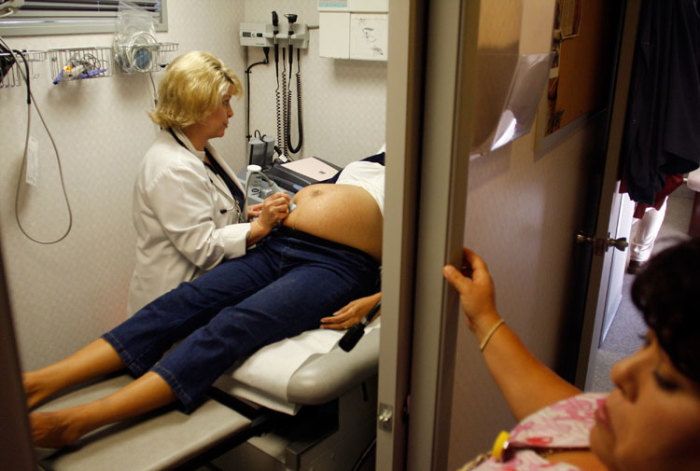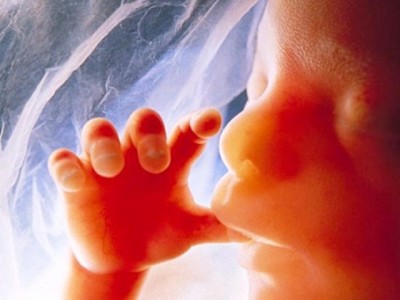Why Is NARAL Fearful of Ultrasound Technology Showing Baby in Womb?

Most parents of children under the age of 25 can remember that first glimpse into the previously hidden, impenetrable darkness of the womb.
The ultrasound technician would point to grainy black and white dots and expertly point out the features of a tiny human and the mother would coo, "My baby!" and the reality of impending parenthood would be immediate and present long before the kicks against her ribs would convey the undeniable presence of her offspring awaiting entry into the world.
During Super Bowl 50, which many people admit they only watch for the commercials, a seemingly innocuous (and some might say hilarious) ad for Doritos snack chips ignited controversy on Twitter. The commercial was the winning entry in the "Crash the Super Bowl" ad contest run by Doritos for the past nine years.

The ad depicted a woman having an ultrasound late in pregnancy and a man standing next to her eating chips from a bag of Doritos.
She is annoyed that he seems uninterested until he notices the baby move as if to reach for a chip. He tests his theory by waving a chip over the huge belly of the mother on the table and the monitor shows the baby responding to the chip. Mother becomes very annoyed, grabs the chip and tosses it across the room at which point the baby on the ultrasound monitor jerks toward the chip (and in the direction of the birth canal) and mother screams, father screams, and the ultrasound technician screams. The viewer is left to assume that the baby made a hasty exit to get his hands on that discarded chip.
Whether or not the commercial was funny, or even effective at selling snack chips, is irrelevant to the Twitterstorm that followed a NARAL Pro-Choice America (formerly the National Abortion Rights Action League) tweet expressing offense at the Doritos ad for "humanizing fetuses."
Response to the Tweet was swift and severe, with even many like-minded followers outraged that NARAL would label a fetus as anything other than human.
Some who claim to be pro-choice and proclaim they are offended by 3-D sonogram images of babies are the same people who assert their position as "pro-science." The smallest shred of evidence regarding the possibility of life on Mars is welcomed with unbridled enthusiasm, but these same people are quick to reject scientific facts regarding the humanity of the pre-born human.
But the sonogram poses a threat to NARAL. Dr. Bernard Nathanson, a gynecologist/obstetrician, pioneer in the use of ultrasound in pregnancy, and one of the founders of NARAL, performed over 60,000 abortions before becoming pro-life said: "There is simply no doubt that even the early embryo is a human being. All its genetic coding and all its features are indisputably human. As to being, there is no doubt that it exists, is alive, is self-directed, and is not the same being as the mother — and is therefore a unified whole."
The abortion industry knows (and fears) the power of the ultrasound to change the minds of women considering abortion. Nearly 78% of mothers who see a sonogram picture choose to continue their pregnancies. Looking at the picture flies in the face of the countless lies women are told in abortion facilities where the growing baby is described as "a clump of cells" or "the products of conception" and that the abortion "gently removes the contents of the uterus" — as if the contents of her uterus could possibly be anything other than her baby.
It does not matter how many sterile euphemisms the abortion industry uses to describe the growing life within the womb, nothing holds the reality — the power, the truth — of a photograph. Denying the humanity of the growing human becomes a far more difficult task when faced with ultrasound technology at greater and greater levels of precision and image quality. No amount of clever words can persuade a reasonable person who sees a baby through that "window to the womb" that he or she is not a unique member of the human family.
A picture is truly worth a thousand words.




























